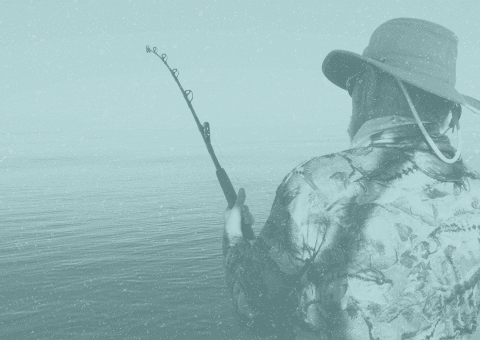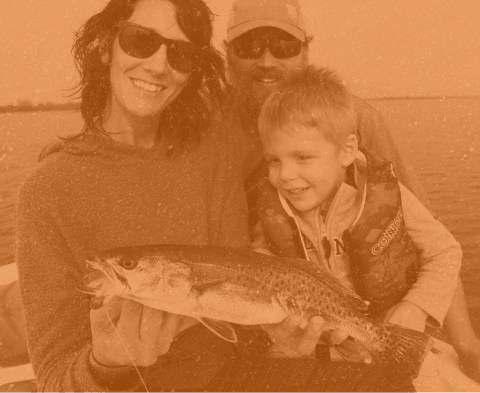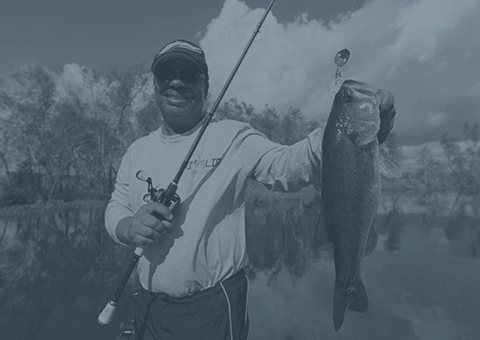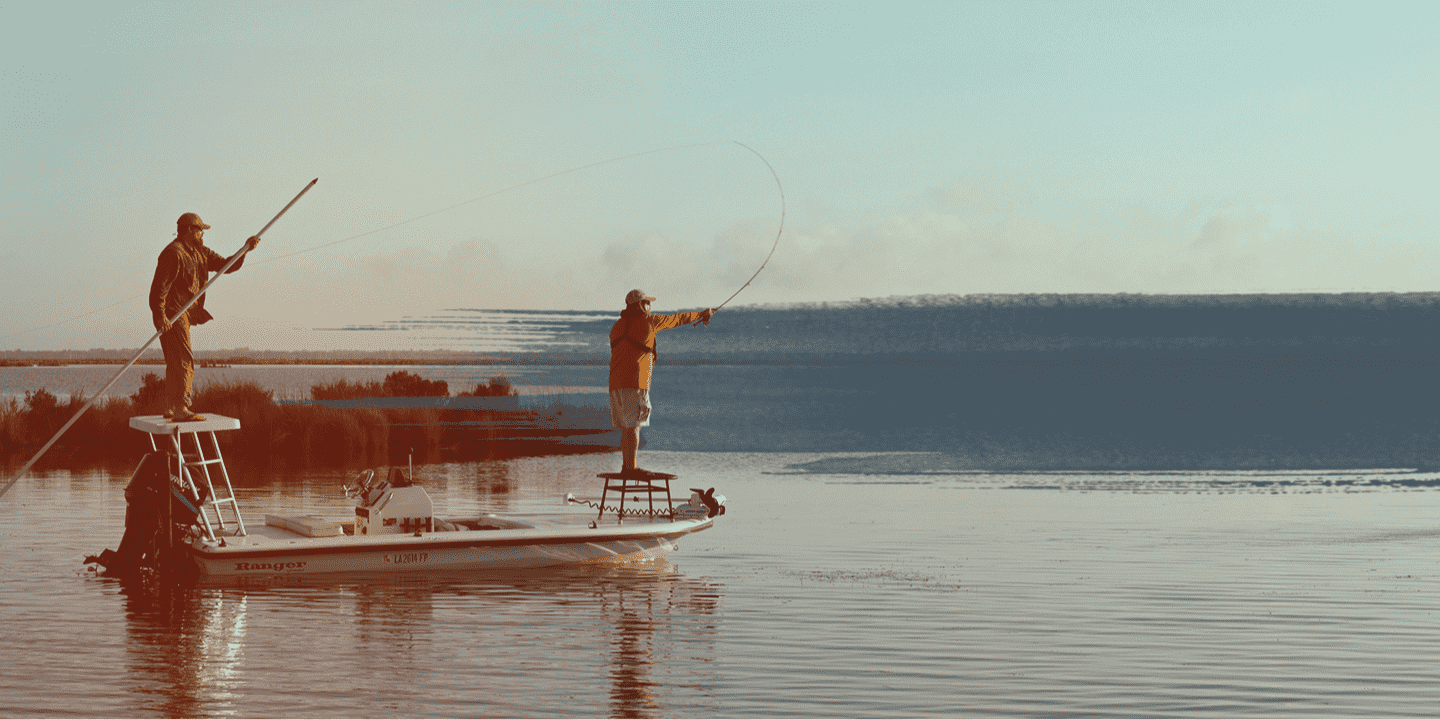
CHARTER FISHING WITH LOUISIANA'S BEST CAPTAINS
Take Me Catchin':
Take Me Catchin':
Why Charter Fishing?
Local Experienced Guides
Many of our guides have grown up in the areas that they explore with their customers. A lifetime of experience allows them to keep their customers on the fish.
Licensed & Insured
Every guide you find listed on this website is verified to be legally licensed to offer charter fishing trips in the state of Louisiana. The state requires charter captains to provide proof of liability insurance to obtain this license.
Equipment & Techniques
While providing all of the equipment for a wonderful day of fishing, our captains also understand the importance of being flexible and adaptable to changes in conditions or the needs of their clients.
Stress Free
Nothing could be easier. Just show up, step in the boat and leave the rest to us!
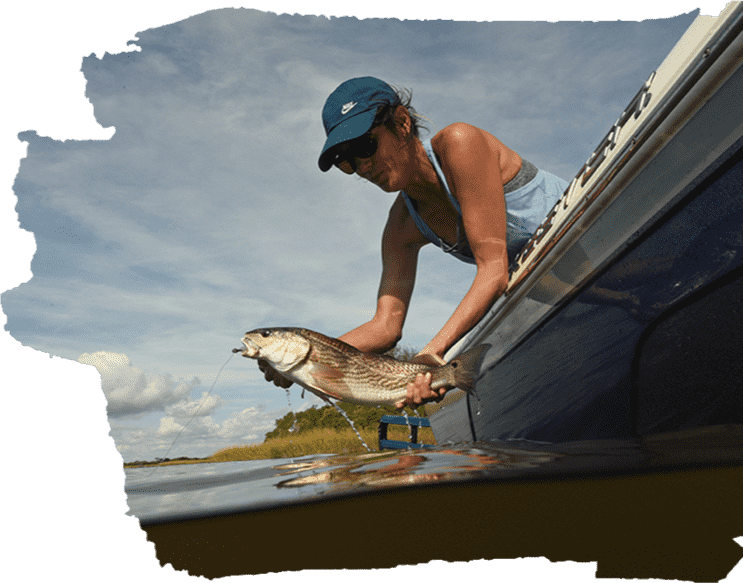
WHAT'S BITING...CATCHIN' REPORTS
Redfish action
The water is cooling down and the redfish are hungry. We made a quick family trip over Thanksgiving and the kids had a great time!…
DEcember venice louisiana fishing report
Winter time fishing in Venice, Louisiana, is always catching, not fishing. So if you're looking to see a bunch of fish down in Venice, Louis…
TESTIMONIALS
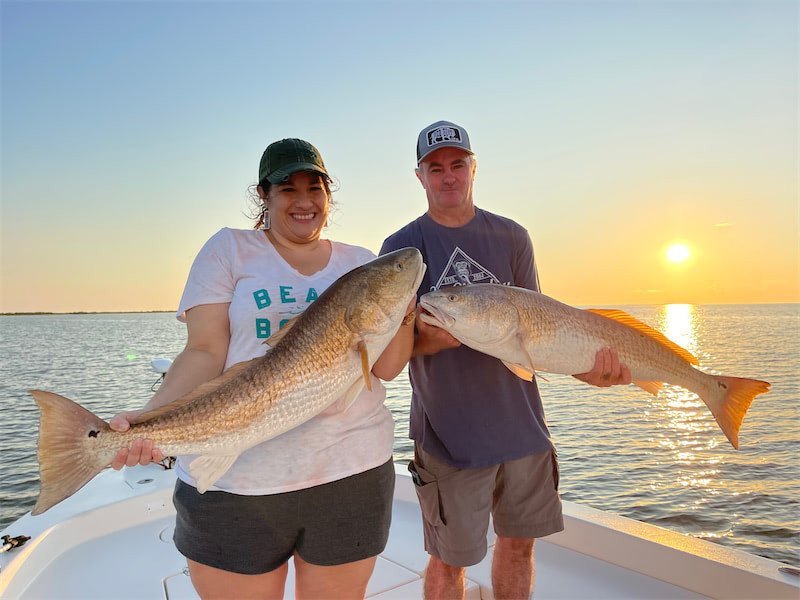
Travis is great. We had a wonderful time. He gave tips on where to stay, eat, etc. we will be back.
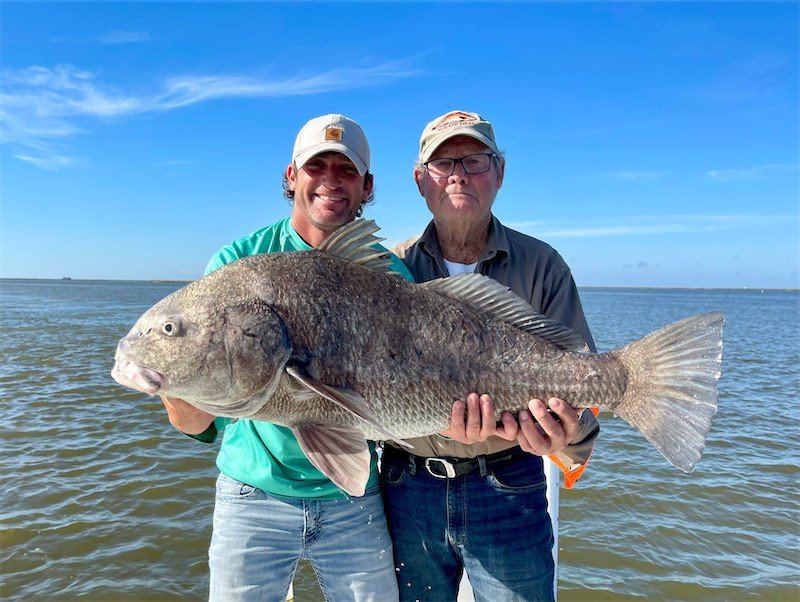
Travis Lovell took us out in heavy fog, took his time to protect his fisherman from the elements. Set the boat in a safe position as we fished for red fish and caught a good batch of bull reds. The fishing was great and both days were filled with big bull reds and wore his fishermen out. Travis is a class act from start from finish!

Cap. Travis is the best. Down to earth. Low key. Very accommodating. Asked what we wanted to catch. Put us on the trout right away. Catching two at time. Never seen fish so thick in water. Moved on to the bull reds and limited out almost immediately. Caught some more trout on the way in and had cooler full of cleaned and bagged fish by 2pm. My second trip with him was the same. Great guy awesome drummer. Besure to find out where he's jamming.

My wife and I had never been fishing in the marsh before. We made a post on Facebook asking for charter recommendations. MULTIPLE people recommended Travis Lovell with Reelin Good Charters. We contacted him and booked a weekend. We had an amazing time and caught plenty of fish. Best of all, we gained a lifetime friend. I highly recommend Travis for anyone looking to experience fishing in Louisiana!
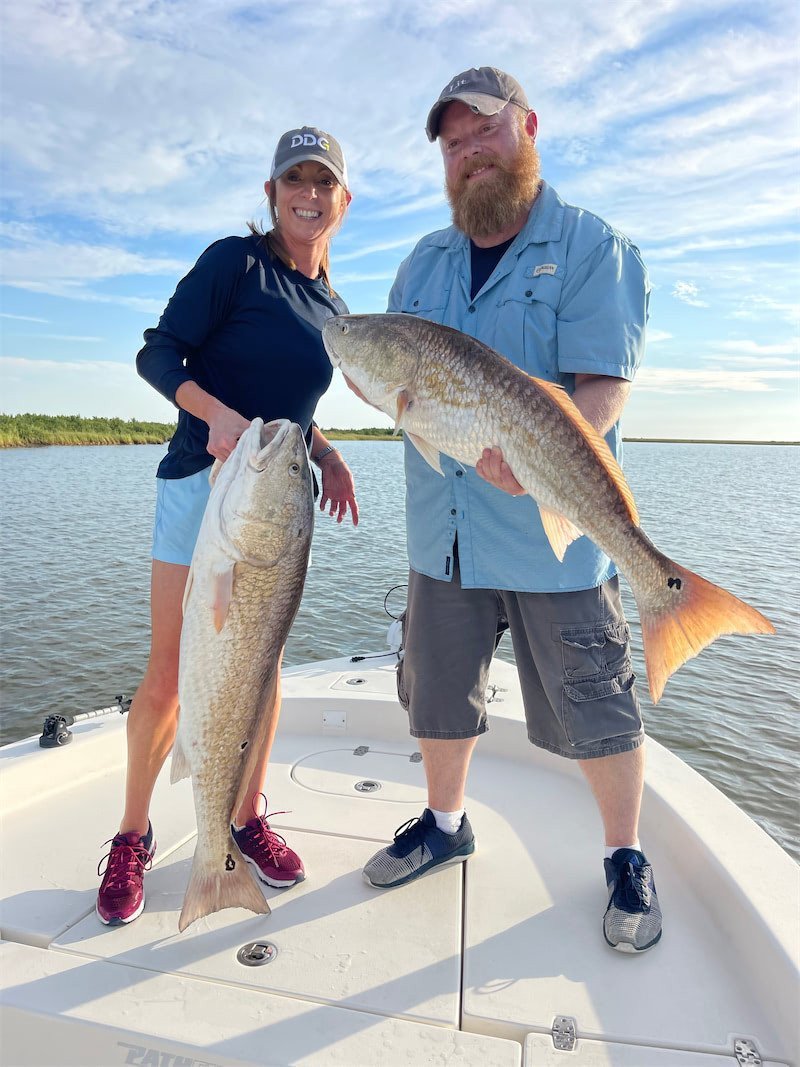
I’ve chartered numerous trips through Capt. Lovell, both for personal and professional trips. My entire family as well as clients always ended the trip saying Travis is their favorite guide!! He’s easy going, efficient, and a wonderful personality to be around all day! Plus you always go home with a ton of fish!! Friend of mine have taken their small children in a trip and they had the best day ever! He was even great with the kids.
I would highly recommend Travis for any family or work trip. He truly is my favorite Captain to charter with! 😁
It was very windy and cloudy but we had a great captain and a great time. We caught some Trout. Some Redfish and a Large Mouth Bass. For kind of pour conditions the Captain knew what to do and where to go to catch fish. Would charter him again definitely.
Tell us all about your trip. Your responses help inform our captains on how better to serve customers and improve their charter experience. Oh, and you will be entered to win a FREE Louisiana Charter Fishing trip.

STAY CONNECTED
Join our mailing list and receive our newsletter with fishing updates, reports, stories, photos and other interesting tidbits to get you excited about Louisiana fishing!



